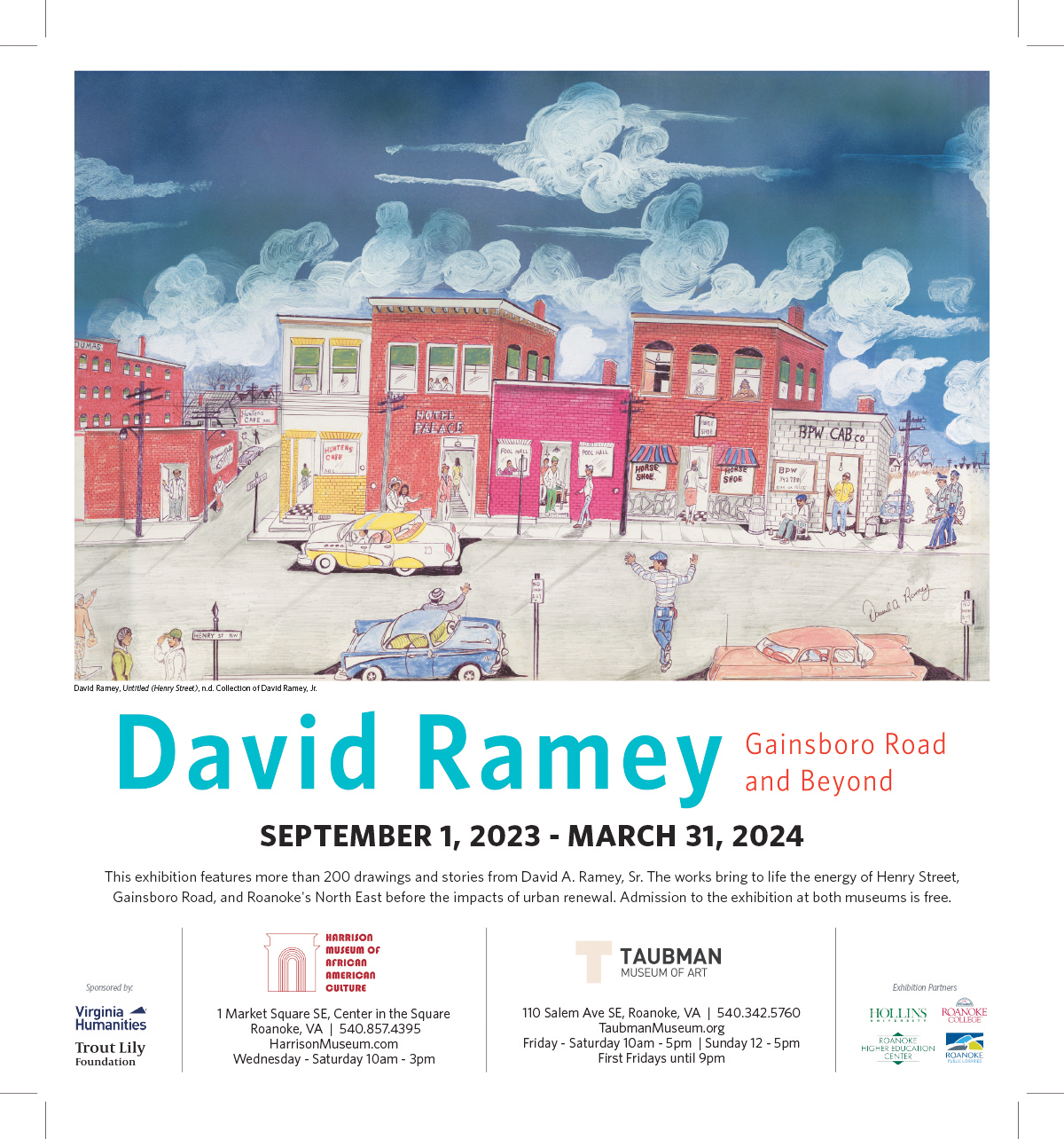 Four hundred years ago, Africans were brought to Jamestown. Of course, they were not the first Africans to arrive in what is now the United States.
Four hundred years ago, Africans were brought to Jamestown. Of course, they were not the first Africans to arrive in what is now the United States.
There were others, including Estevanico (1500-1539), known variously as Estaban de Dorantes, Esteban the Moor, and Little Esteban. He was an African slave known as the first person born in Africa to arrive in present-day continental United States. Estevanico was on the Spanish Narváez expedition to establish a colony in Florida. He later explored the Southwest.
A continuing Black presence, however, started with the arrival of Africans at Jamestown. Later, Blacks poured into the United States as millions of Africans were snatched from their homes and transported in the cruel journey known as the Middle Passage to the Americas.
This trans-Atlantic slave trade to the U.S. officially ended in 1808. However, slavery continued another 57 years, and this time included an internal slave trade.
In the nineteenth century, cotton replaced tobacco as the most important crop in the lower South. As a result of the demand for slave labor in the lower South, the number of slaves there expanded at more than twice the rate of increase in the entire United States slave population.
In the internal slave trade, approximately one million enslaved people were moved from the upper South to the lower South, two-thirds through this domestic slave trade. Scholars call this cruel journey the Second Middle Passage. It is also known as the Slavery Trail of Tears.
The most known Trail of Tears was the forced removal in 1838 of Native Americans–Chickasaw, Cherokee, Creek, Choctaw, and Seminole—from the “black belt” in the South to “Indian Territory,” which became the state of Oklahoma. They were removed because they were living on the richest cotton soil in the world.
The Slavery Trail of Tears marched and sold slaves to expand cotton production in these areas. Smithsonian Magazine describes the process as follows.
“The Slave Trail of Tears is the great missing migration—a thousand-mile-long river of people, all of them black, reaching from Virginia to Louisiana. During the 50 years before the Civil War, about a million enslaved people moved from the Upper South—Virginia, Maryland, Kentucky—to the Deep South—Louisiana, Mississippi, Alabama.
They were made to go, deported, you could say, having been sold.
“This forced resettlement was 20 times larger than Andrew Jackson’s “Indian removal” campaigns of the 1830s, which gave rise to the original Trail of Tears, as it drove tribes of Native Americans out of Georgia, Mississippi, and Alabama. It was bigger than the immigration of Jews into the United States during the 19th century, when some 500,000 arrived from Russia and Eastern Europe. It was bigger than the wagon-train migration to the West, beloved of American lore. This movement lasted longer and grabbed up more people than any other migration in North America before 1900.”
A significant part of the Trail went through Virginia, moving along what is now Route 11. On Saturday, August 17, 2019, as part of its work in establishing Martin Luther King’s “Beloved Community,” the Episcopal Church is marking the 400th anniversary of Africans coming to Jamestown and the later Slave Trail of Tears. They will do so by having a one-day series of events along the Trail (Route 11), starting in Alexandria, VA, in the morning and ending in Abingdon, VA, in the evening. The next to last event will be a short ceremony at 3:00 pm at the Bissett Park Pavillion, where I will speak.




